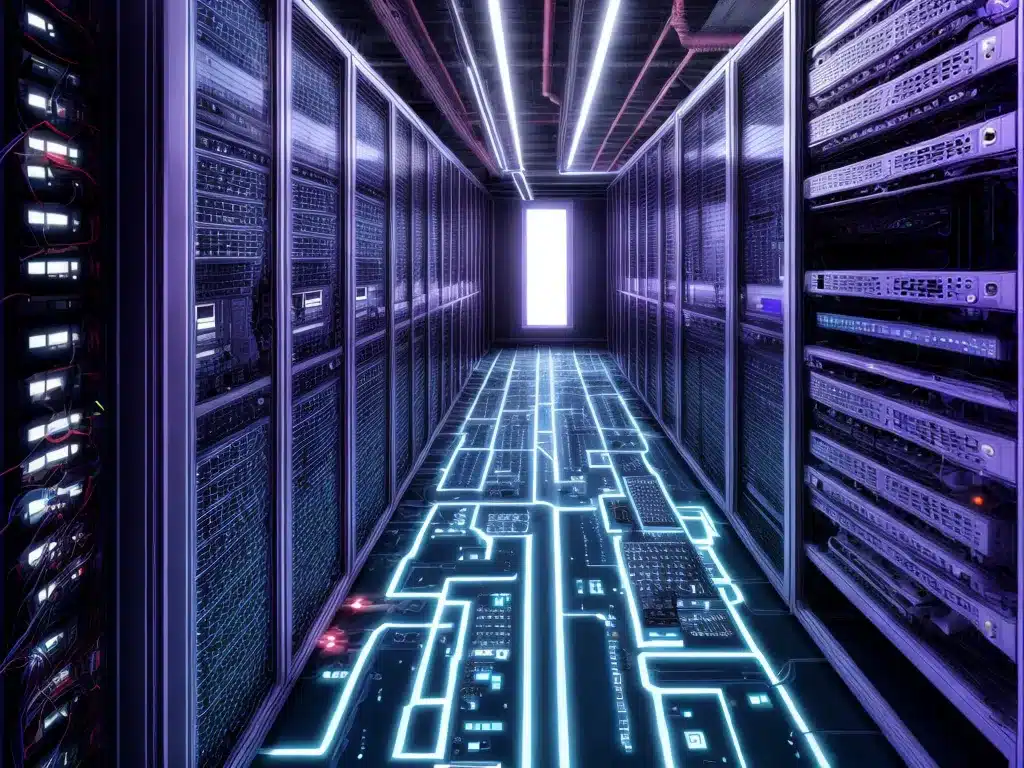
Introduction
RAID (Redundant Array of Independent Disks) arrays are commonly used to store and protect important data. However, like all storage systems, RAID arrays can and do fail. When this happens, the data stored on them can become inaccessible or corrupted. Fortunately, it is often possible to recover data from failing or crashed RAID arrays. In this article, I will provide an in-depth look at the options and best practices for recovering data from failing or crashed RAID arrays.
Causes of RAID Array Failure
Before looking at recovery methods, it’s important to understand why RAID arrays fail in the first place. The main causes include:
Hardware Failures
-
Failed or failing physical drives: If one or more of the drives in the array fail, the RAID can become degraded or crash entirely.
-
Controller failures: The RAID controller can malfunction, making the array inaccessible.
-
Connection issues: Loose cables or backplane failures can interrupt connectivity.
Software & Configuration Issues
-
Misconfiguration: Issues with RAID parameters, drive assignments, stripe sizes, etc. can lead to crashes.
-
File system corruption: The file system on the RAID can become corrupted, preventing access.
-
Accidental reconfiguration: A RAID can be reconfigured improperly, stripping data.
Environmental Factors
-
Power outages/surges: Unexpected power events can damage drives and controllers.
-
Overheating: Excessive heat causes drives to fail prematurely.
-
Physical damage: Impacts, drops, fire, water, etc. can destroy drives.
Options for Recovering Data From Failed or Crashed RAID Arrays
When a RAID array fails, time is of the essence. The longer it runs in a failed state, the lower your chances of recovery. There are several options for recovering the data depending on the situation:
Repair In Place
If the issue is localized (e.g. single drive failure), you may be able to repair the RAID and recover the data without moving the drives. Steps include:
- Replace any failed drives if needed.
- Rebuild the array if degraded.
- Repair file system errors using
fsckorchkdsk. - Roll back recent configuration changes.
This is the fastest and easiest option when applicable. However, it is not possible with certain failures.
Rebuild on Another System
If the RAID controller or motherboard has failed, you can move the drives to another system and reconstruct the array from scratch. This involves:
- Finding compatible hardware.
- Moving drives to new system safely.
- Recreating the RAID layout and parameters.
- Rebuilding the array.
- Mounting volumes and accessing data.
This can work well but requires nearly identical hardware.
Use Data Recovery Software
Powerful data recovery software can read drives at the sector level and reconstruct RAID arrays. Key steps are:
- Install data recovery software on another system.
- Attach RAID drives via SATA, USB, etc.
- Scan drives and identify RAID parameters.
- Rebuild RAID and recover files.
This is the most flexible option but requires expertise to use correctly.
Send to a Data Recovery Service
For difficult cases, specialized data recovery services can disassemble drives in a cleanroom and repair or extract the data mechanically. This is expensive but has the highest success rate when other options fail.
Best Practices for Recovering Data From Failed RAID Arrays
Follow these best practices when attempting RAID data recovery:
-
Act quickly – The longer you wait, the worse it gets. Begin recovery immediately.
-
Don’t rebuild prematurely – Only rebuild when you know the problem is fixed, or data could be overwritten.
-
Clone drives first – Make sector-level clones if possible before attempting recovery.
-
Don’t initialize drives – This overwrites the RAID metadata and makes recovery harder.
-
Get help if needed – Data recovery services exist for a reason. Seek help if you’re unsure.
-
Have backups – Ultimately, backups are the only sure way to protect your data. Maintain good backups.
Conclusion
Recovering data from failed or crashed RAID arrays is possible in many cases. The key is to act quickly, understand your options, and use the right tools and techniques. With some effort and luck, you can often get back lost data on your own. Otherwise, data recovery professionals can help when more expertise or capabilities are required. Following best practices like cloning, avoiding rebuilds, and getting help when needed will give you the best chance of success. Just remember – have good backups, as they are your final safety net when all else fails!












